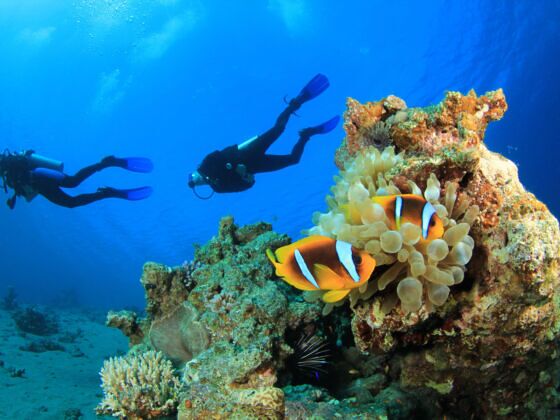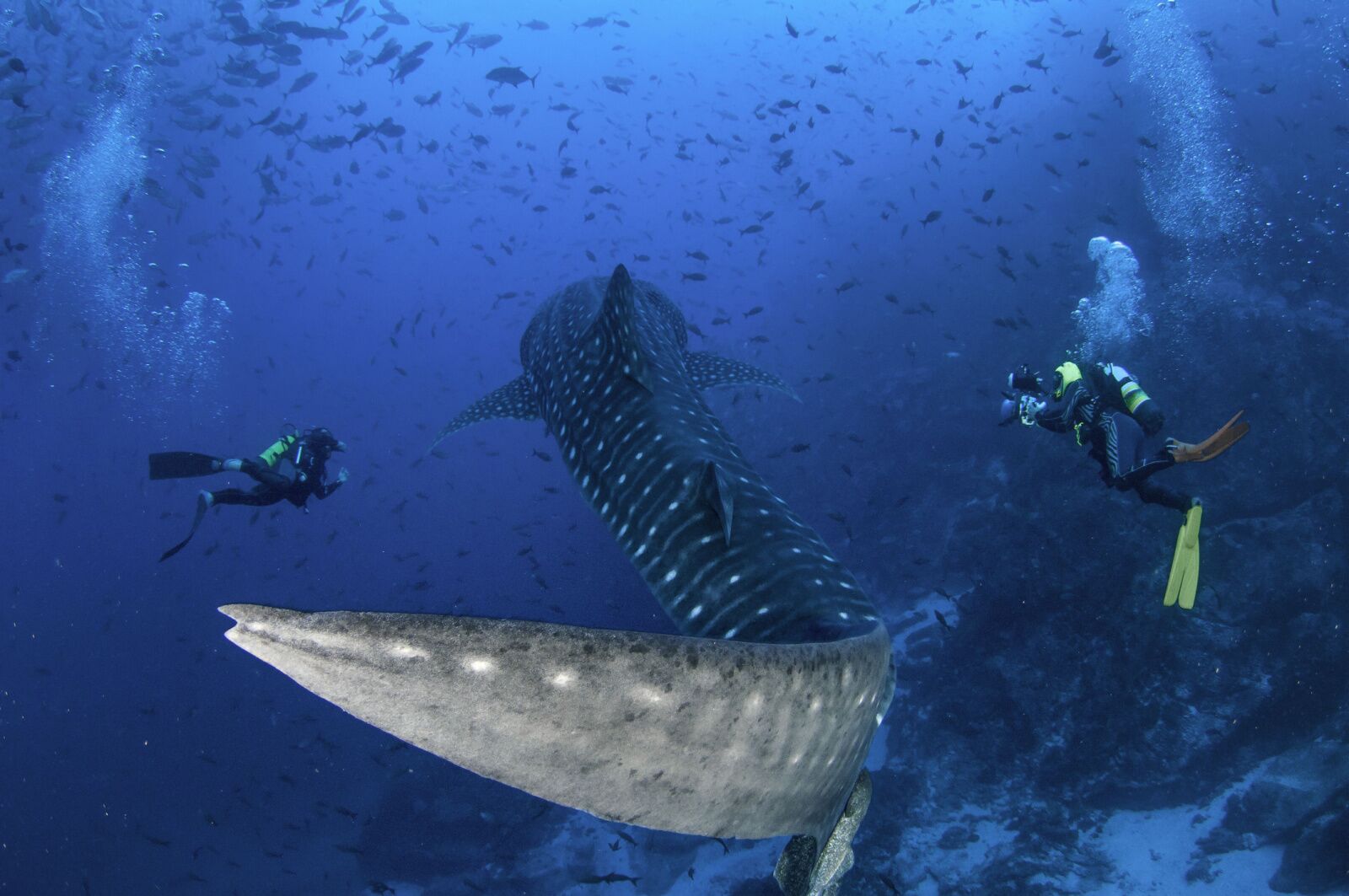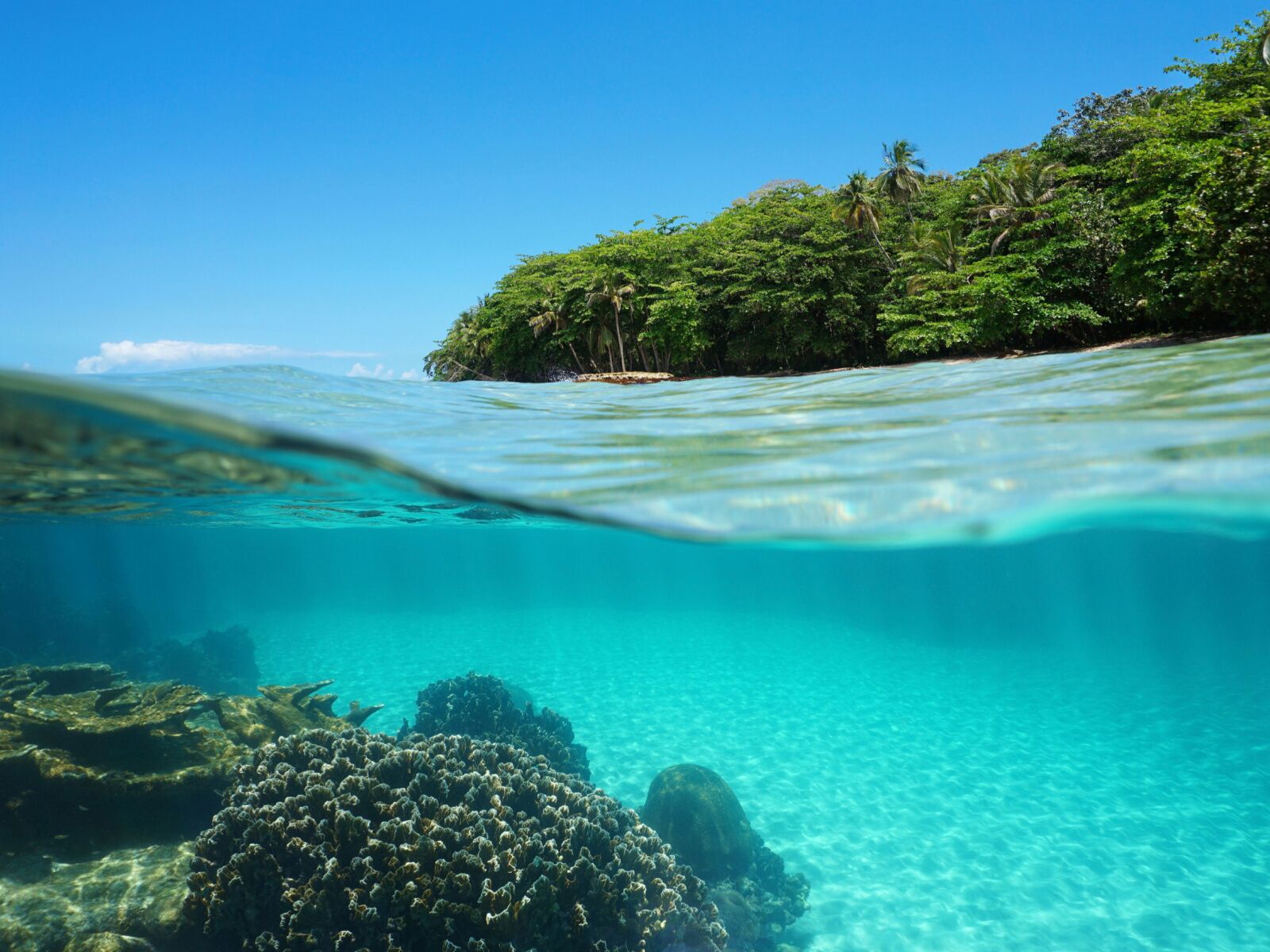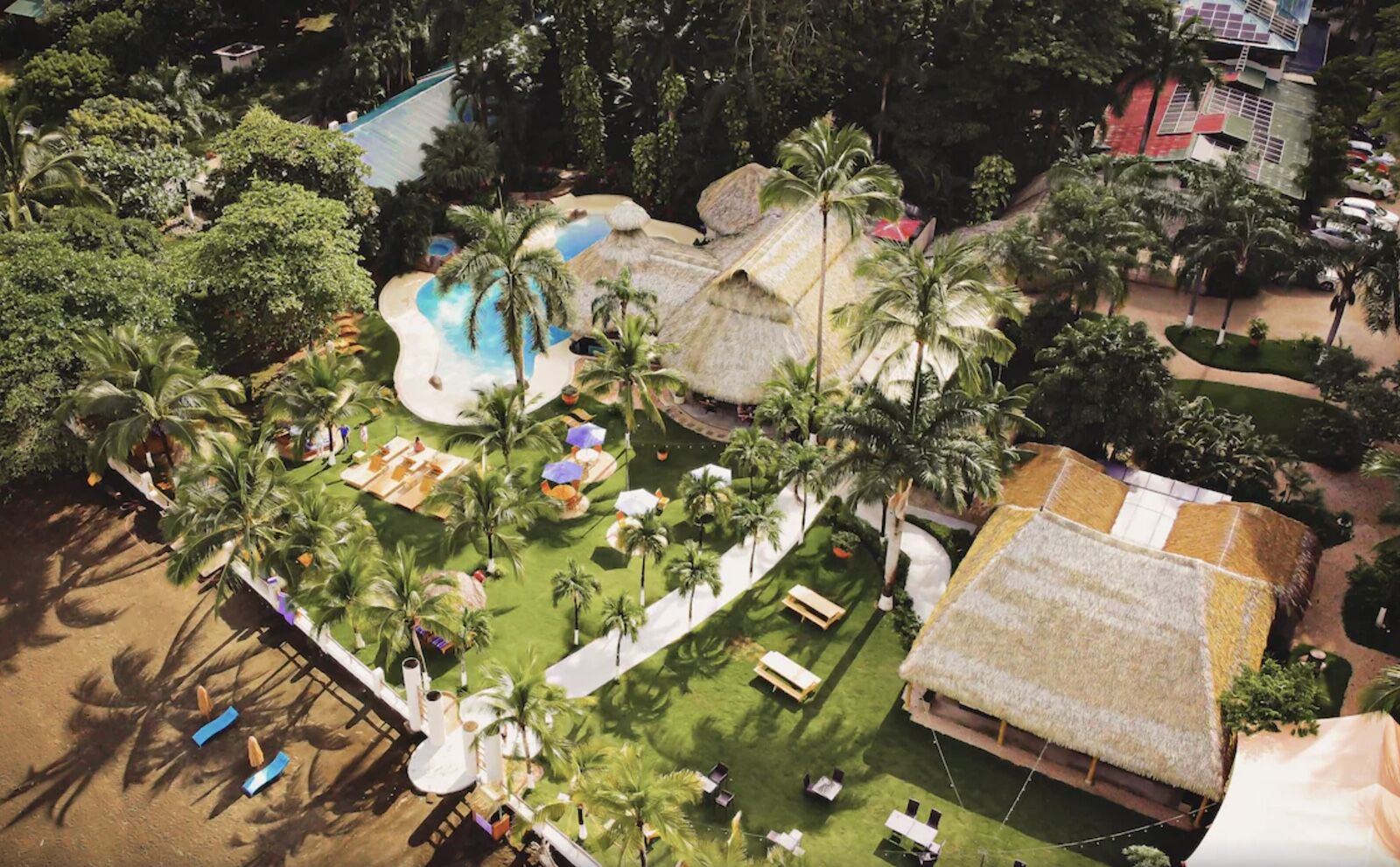The words “Costa Rica” literally translate to “Rich Coast.” So it’s no surprise that this Central American country is a haven for experienced and beginner scuba divers alike. Though it boasts a diversity of dive sites across two coastlines that enchant with dramatic topography, luscious coral reefs, and a swarm of pelagic action, most visitors don’t realize that some of the most epic adventures are underwater. And another cool perk of Costa Rica diving? You can dive in two different oceans on the same vacation.
- When to go diving in Costa Rica
- Diving in the Pacific vs. Atlantic
- The best dive sites in Costa Rica
- Budgeting for a Costa Rica dive trip
- Costa Rica ocean health
- Where to stay to dive in Costa Rica
When to go diving in Costa Rica
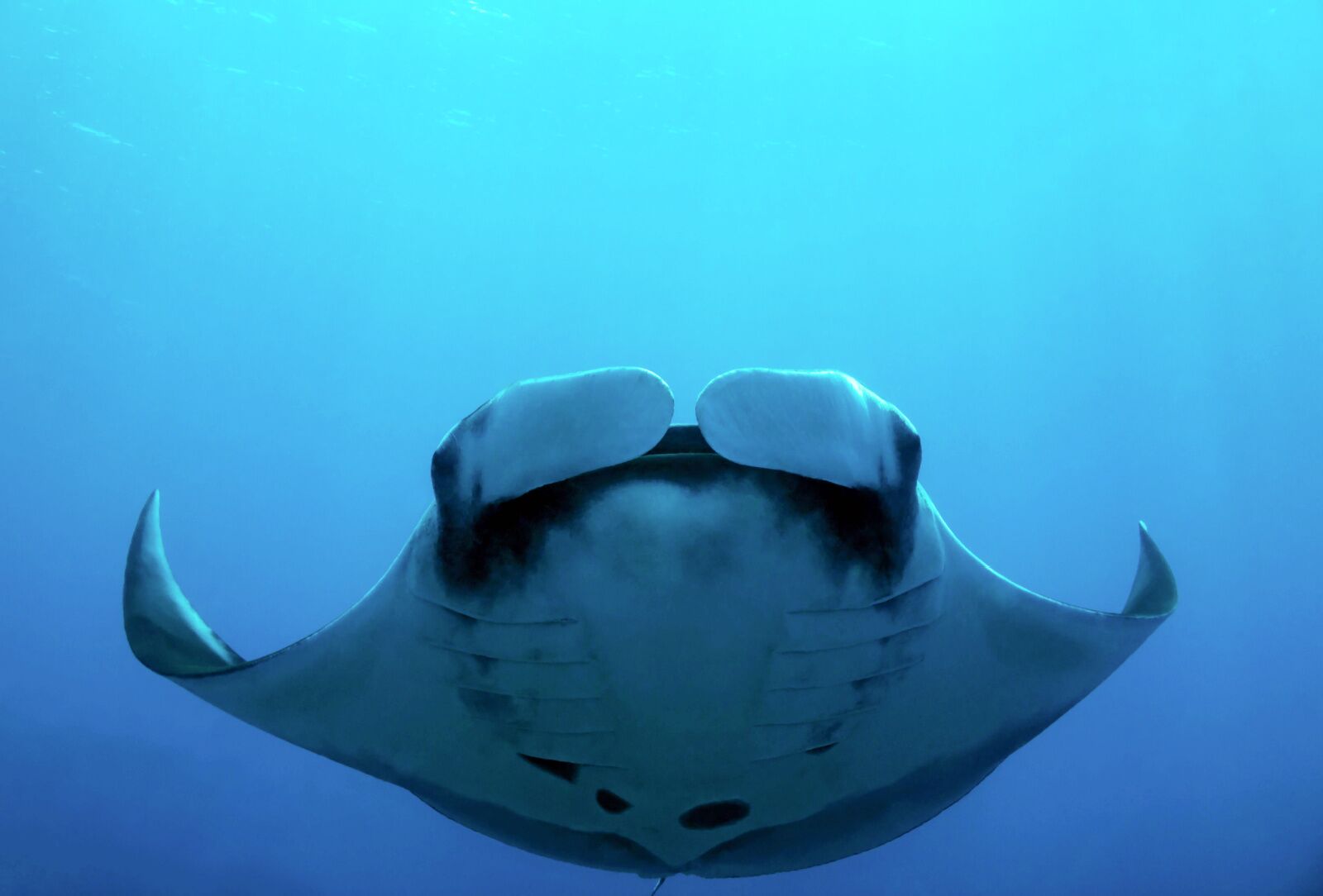
Photo: Daniel Lamborn/Shutterstock
There’s never a bad time to do a little Costa Rica diving. While the country is well known for having two distinct seasons – the dry season and the green season – the diving remains exceptional, rain or shine.
